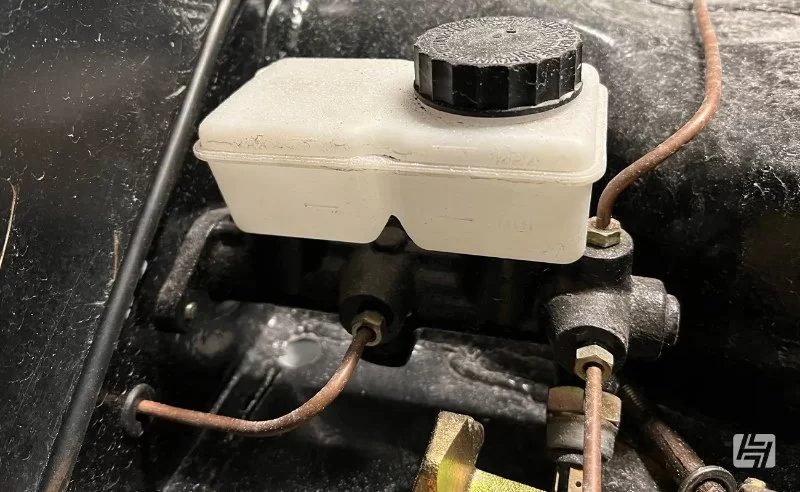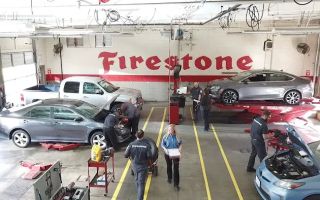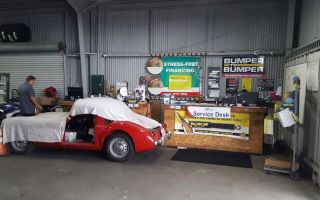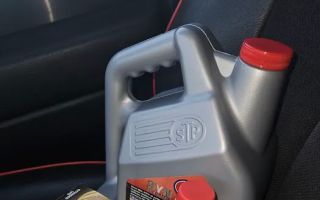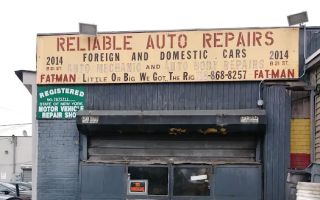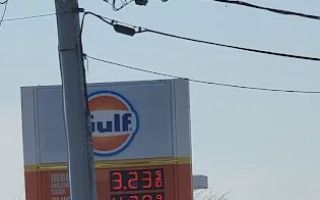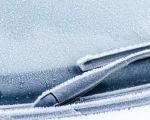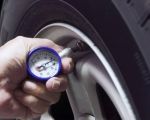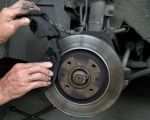- what‑is‑a‑brake‑master‑cylinder‑reservoir
- how‑it‑functions‑within‑the‑brake‑system
- common‑warning‑signs‑and‑what‑they‑mean
- step‑by‑step‑guide‑to‑checking‑your‑reservoir
- real‑drivers‑real‑experiences
- keeping‑your‑braking‑system‑in‑top‑shape
1. What Is a Brake Master Cylinder Reservoir?
The brake master cylinder reservoir is a crucial but often overlooked component of your car’s braking system. It’s a translucent plastic container located under the hood, usually mounted on or near the brake master cylinder. Its job is to store brake fluid and feed it into the braking system when needed.
Brake fluid transfers the pressure from your foot on the brake pedal to the wheels, allowing your car to slow down or stop. Without this reservoir properly filled and sealed, your braking power could be compromised—putting you and your passengers at serious risk.

Firestone Complete Auto Care
1933 N Placentia Ave, Fullerton, CA 92831, USA
2. How It Functions Within the Brake System
When you press the brake pedal, the master cylinder uses hydraulic pressure to move brake fluid from the reservoir through the brake lines to the brake calipers or wheel cylinders. These then clamp down on your rotors or expand your drum brakes to bring the vehicle to a stop.
The reservoir ensures that there is always enough brake fluid in the system. It also compensates for any fluid loss due to pad wear. That’s why keeping the brake master cylinder reservoir at the correct level is so important—it's the system's central bank of hydraulic power.
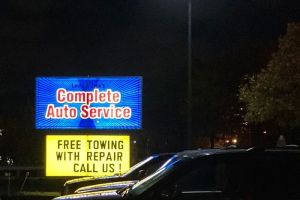
Complete Auto Service of Ann Arbor
2890 Jackson Ave, Ann Arbor, MI 48103, USA
3. Common Warning Signs and What They Mean
Ignoring brake issues can be dangerous. Here are signs that something may be wrong with your reservoir or the system connected to it:
- Low brake fluid: A consistently low level may signal a leak. - Dark or dirty fluid: Brake fluid should be nearly clear or light yellow. Dark fluid can indicate contamination or age. - Spongy brake pedal: Air in the brake lines or low fluid can make your brake pedal feel soft or spongy. - Dashboard brake warning light: This often comes on due to low fluid or a failing master cylinder.
In such cases, don’t delay—getting your car to a professional like those recommended at Rescue & Towing could prevent a roadside emergency.
4. Step-by-Step Guide to Checking Your Reservoir
1. Locate the reservoir: It’s usually near the driver’s side firewall under the hood. Look for a small translucent tank marked “brake.” 2. Check the level: You’ll see “Min” and “Max” lines. The fluid should be between these two marks. 3. Inspect fluid color: If it’s dark brown or black, it’s time for a fluid change. 4. Don’t open it unnecessarily: Brake fluid is highly hygroscopic—it absorbs moisture from the air, which reduces braking efficiency.
Make this check part of your monthly car maintenance routine, especially before long drives or during seasonal changes.
5. Real Drivers, Real Experiences
In 2023, a Tennessee driver experienced total brake failure on a highway due to a cracked reservoir cap that went unnoticed. According to his statement, he’d felt the brakes “fade” weeks before but assumed it was normal wear.
Stories like these highlight why understanding your brake master cylinder reservoir isn’t just mechanical trivia—it’s essential knowledge for safe driving. Regular checks could mean the difference between a smooth stop and a dangerous accident.
6. Keeping Your Braking System in Top Shape
Maintaining your brake master cylinder reservoir is just one piece of a bigger puzzle. Ensure your entire braking system—from pads and rotors to fluid and lines—is regularly inspected.
You don’t have to be a mechanic to care for your vehicle. With trusted services like Rescue & Towing, even non-tech-savvy drivers can receive expert help, get emergency brake checks, or be connected with certified repair shops nearby.
When it comes to brakes, don’t take chances. Keep your reservoir clean, filled, and leak-free—and your road trips will stay safe and smooth.

